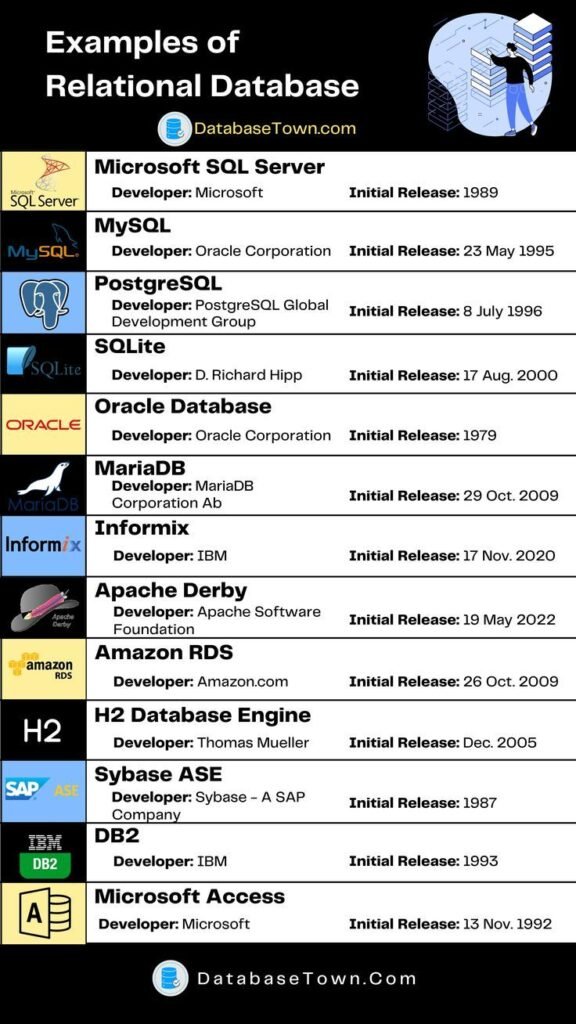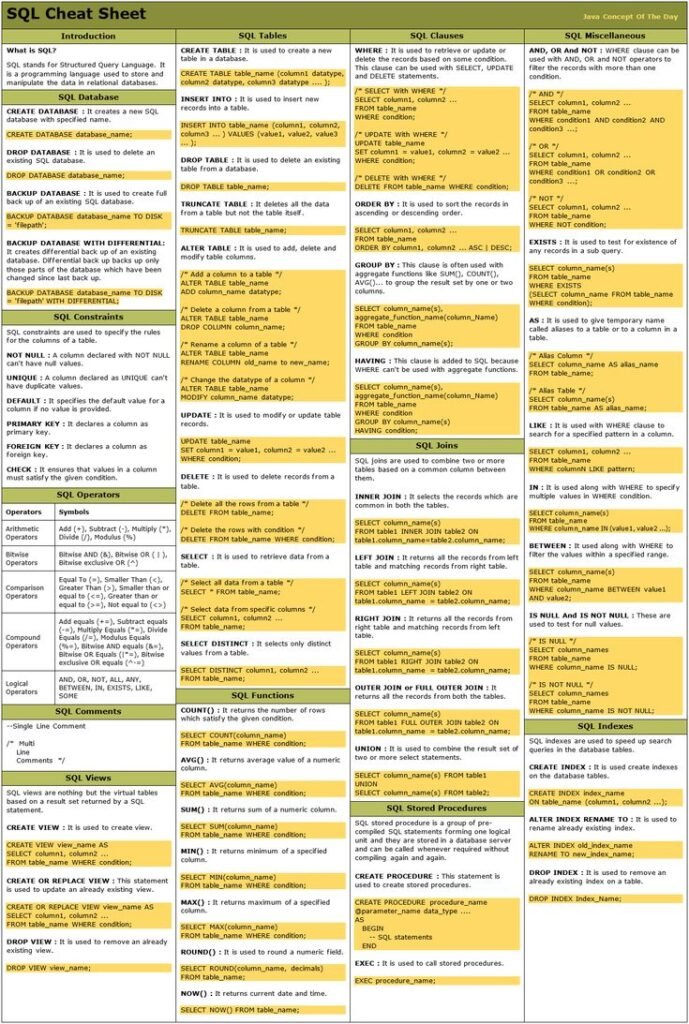Introduction to Creating Ontology Graph SQL
In the world of data management, creating ontology graph SQL plays a pivotal role in representing complex relationships and entities. Ontology graphs are structures that allow for the representation of knowledge within a specific domain, and when integrated with SQL (Structured Query Language), they provide a robust and flexible method for managing and querying large sets of interrelated data. This article will dive into the concept of creating ontology graph SQL, its importance, practical applications, and a step-by-step guide to help you implement it effectively in your projects.
Table of Contents
Understanding Ontology and Graphs in SQL
Creating ontology graph SQL requires an understanding of two essential components: ontology and graphs. In its simplest form, an ontology is a formal representation of a set of concepts and the relationships between them. It is often used in fields like artificial intelligence, semantic web, and knowledge management to model real-world entities and their interconnections.
Graphs, on the other hand, are mathematical structures consisting of nodes (representing entities) and edges (representing relationships between entities). When combined, ontologies and graphs form a powerful tool for representing and querying complex data structures, enabling efficient data retrieval, management, and analysis.
In the context of creating ontology graph SQL, the goal is to leverage SQL databases to store and manage these ontological graphs. SQL, being the backbone of relational databases, provides the foundation for organizing, storing, and querying data, making it a perfect match for ontology-based graph structures.
The Need for Ontology Graphs in SQL Databases
As businesses and industries continue to accumulate vast amounts of data, the need for more advanced data structures becomes evident. Traditional relational databases may struggle to efficiently handle data that is inherently hierarchical or interrelated, which is where creating ontology graph SQL becomes crucial.
An ontology graph in SQL databases can help:

- Represent complex relationships between entities, such as customers, products, and transactions.
- Simplify the integration of diverse data sources by mapping different schemas to a unified ontology.
- Enable more advanced querying and data analysis through graph-based traversal techniques.
By combining SQL’s structured data management capabilities with the flexibility of graphs, organizations can manage and make sense of data more effectively.
Steps for Creating Ontology Graph SQL
To successfully implement creating ontology graph SQL, follow these key steps to get started with the creation and management of ontology graphs using SQL databases:
Step 1: Define the Ontology
The first step in creating ontology graph SQL is defining the ontology, which involves identifying the key concepts within your domain and the relationships between them. For example, in an e-commerce scenario, you might have entities like products, customers, and orders, with relationships such as “purchased by” or “contains”.
Begin by answering questions like:
- What are the main concepts (entities) in your domain?
- How do these entities relate to one another?
Once you have a clear understanding of the domain, you can define the ontology by creating tables that represent the entities and relationships. For example, you might create a products table, a customers table, and a orders table, with foreign keys to define the relationships between them.
Step 2: Design the Graph Structure
Once the ontology is defined, you need to design the graph structure within the SQL database. This involves creating tables for nodes (entities) and edges (relationships). For example:
- Nodes: Each entity (like a customer or product) will be a node in the graph.
- Edges: Relationships between these entities will be represented as edges in the graph.
For example, you can create a customer_orders table that stores the relationship between customers and orders, or a product_categories table that links products to their respective categories.
Step 3: Map the Ontology to SQL Tables
In creating ontology graph SQL, the next step is mapping your ontology to SQL tables. Each concept in your ontology should correspond to a table, and each relationship should be represented by a foreign key. This will allow you to model your graph in a way that’s both flexible and relational.
Ensure that your tables are designed in such a way that they can support efficient querying and traversal. Use primary keys for unique identifiers and foreign keys to establish relationships.
Step 4: Populate the Graph with Data
Once the graph structure is designed and the tables are set up, it’s time to populate the ontology graph with data. This can be done through SQL queries to insert records into the relevant tables.
In this step, you’ll load data into your database that corresponds to the entities and relationships in your ontology. For example, you can insert records for customers, products, orders, and their relationships into the respective tables.
Step 5: Querying the Ontology Graph with SQL
One of the key benefits of creating ontology graph SQL is the ability to query the graph using SQL queries. By leveraging SQL’s powerful querying capabilities, you can retrieve information from the ontology graph and gain insights from the data.
For example, you can use SQL JOIN operations to traverse the graph and retrieve related entities. You can also use more advanced SQL features, such as recursive queries, to navigate complex relationships in the graph.
For example, a query to find all customers who have purchased a specific product might look like this:
SELECT customers.name
FROM customers
JOIN orders ON customers.id = orders.customer_id
JOIN products ON orders.product_id = products.id
WHERE products.name = 'Product XYZ';
Step 6: Optimizing Performance for Graph Queries
As you work with creating ontology graph SQL, it’s essential to optimize your queries for performance, especially when dealing with large graphs. Consider using indexing strategies to speed up common queries and reduce the time it takes to traverse large datasets.
For example, indexing foreign keys can speed up JOIN operations, and creating composite indexes on frequently queried fields can improve overall performance.
Step 7: Visualizing the Ontology Graph
While SQL is great for querying and managing ontology graphs, visualizing the data is crucial for understanding the relationships between entities. There are several tools available for visualizing SQL-based graphs, such as graph database visualization tools or external applications that can connect to your SQL database and generate visual representations of the graph structure.
Tools like Graphviz, Gephi, or Neo4j (although primarily a graph database, it can also integrate with SQL) can help you visualize the relationships within your ontology, making it easier to analyze and communicate insights.
Applications of Ontology Graph SQL

The practical applications of creating ontology graph SQL are vast, especially in fields that require complex data relationships and insights. Some of the most common applications include:
- Knowledge Management: Organizations can use ontology graphs to represent the relationships between different pieces of knowledge, making it easier to store, retrieve, and analyze information.
- Recommendation Systems: By modeling relationships between users, products, and preferences, businesses can build recommendation engines that suggest relevant products to users based on their past behavior.
- Semantic Web: Ontology graphs are integral to the semantic web, where data is structured in a way that machines can understand and process. SQL-based ontology graphs can be used to store and query semantic data efficiently.
- Healthcare: Ontology graphs are increasingly being used in the healthcare industry to represent complex relationships between diseases, treatments, medications, and patients. SQL-based graphs can help manage and analyze healthcare data more effectively.
Challenges in Creating Ontology Graph SQL
While creating ontology graph SQL can provide powerful data modeling and querying capabilities, there are also challenges to consider:
- Complexity: Designing and managing ontology graphs can be complex, especially when dealing with large datasets or intricate relationships.
- Performance: SQL databases are not inherently optimized for graph structures, so performance optimization becomes crucial, especially when dealing with large ontologies.
- Interoperability: Integrating SQL-based ontology graphs with other systems or graph databases can require additional tools or middleware to ensure compatibility.
Also read Be1crypto: A Complete Guide to Understanding and Using Be1crypto
Conclusion
In conclusion, creating ontology graph SQL is a powerful approach for managing and querying complex, interrelated data. By combining the structured nature of SQL with the flexibility of graph structures, organizations can gain deeper insights, improve data integration, and streamline decision-making processes.
By following the steps outlined in this article, you can start creating ontology graph SQL for your own projects, enabling more efficient data management and analysis. Whether you are working in healthcare, e-commerce, or knowledge management, ontology graphs in SQL offer a flexible and scalable solution for complex data modeling and querying.


